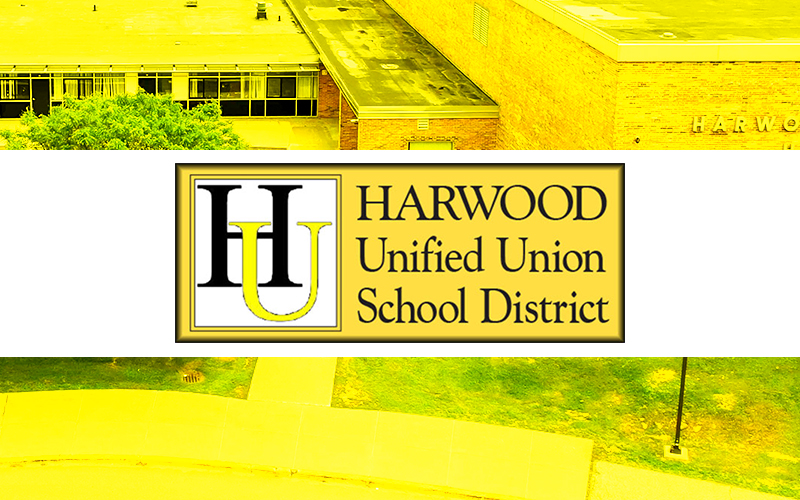Newly-released Harwood Unified Union School District (HUUSD) enrollment data from October 1, 2020, shows that this year enrollment dropped by 5%, or 83 students.
“As I think about the next 10 to 15 years, I truly believe that the best thing we can be doing is to figure out how to reverse this trend, not just to mitigate our declining enrollment, but reverse it,” said Moretown representative Lisa Mason.
The reasons for the decline are complicated. In 2019, the district had 11 students who switched to homeschooling. This year 52 students left the district to pursue homeschooling. Nease expects those 52 students to return.
Families moving out of the district because of a coronavirus-related job loss could be another factor in this year’s declining enrollment, suggested Nease.
Other board members suggested this year’s enrollment decline wasn’t solely coronavirus-related. Waitsfield representative Christine Sullivan suggested that the state of Harwood’s high school and middle school buildings was enough to deter people from enrolling in the district and enough to cause them to leave.
“How many more students from Harwood Union Middle School end up leaving and going to private school compared to Crossett Brook? It’s four times the amount. I don’t know that the (Harwood) building has caught up with current teaching methods,” said Sullivan, referring to the general condition of the building in terms of lighting, windows and structures in need of maintenance.
Nease agreed that upgrading the Harwood Union High School and Middle School campuses could help attract families to the district. “They say people don’t judge books by their covers, but yes they do. You have a high school that is clean but hasn’t been updated and upgraded,” Nease said.
Upgrades are needed to more than just the physical high school building, Nease argued. “A component of that is athletics. When you have a track that you can’t compete on, and you don’t have enough field space, those things enter into why students may go someplace else,” said Nease.
The cap on the district’s Intradistrict Choice (IDC) policy, which allows students to transfer into any school in the district, could be another factor in declining enrollment, suggested Waterbury representative Alex Thomsen.
While the board had many theories as to why enrollment dropped this year, Thomsen’s theory of family frustration at the IDC cap was supported by a parent who spoke up during public comment.
“I’d like to thank the board for confirming the decision to move forward with the seven/eight merger. I think it’s a great move. But I would like to see it happen sooner, and that’s why I’m commenting tonight,” stated Matt Lillard, father of a sixth-grader who hopes to use IDC to transfer to Crossett Brook Middle School (CBMS) next year.
“I don’t believe there’s an equitable education between Harwood Middle School and Crossett Brook Middle School. There are certain programs that you simply can’t get at Harwood that you can get at Crossett,” said Lillard, referring to lack of a general music program, a sustainability class and a ski program at Harwood, all of which can be taken at Crossett Brook.
Lillard also pointed out another way school choice is stilted in addition to the IDC cap. “There’s no bus to Crossett Brook. If that was offered, what would choice actually look like then? Right now, the only people that can really choose are the people that can get there,” said Lillard.
With the cap on IDC, there’s a chance Lillard’s child might not get into CBMS next year, and won’t be afforded the extra opportunities that CBMS students get. Moreover, the child might be stuck in a building that’s falling apart. Would this dilemma cause some families to leave the district? Perhaps. What’s certain is that educational inequities between the district’s two middle schools are finally getting under parents’ skin. “I implore the board to consider why we have two middle schools with such different educations,” said Lillard. “The inequities need to be fixed before the next school year.”







